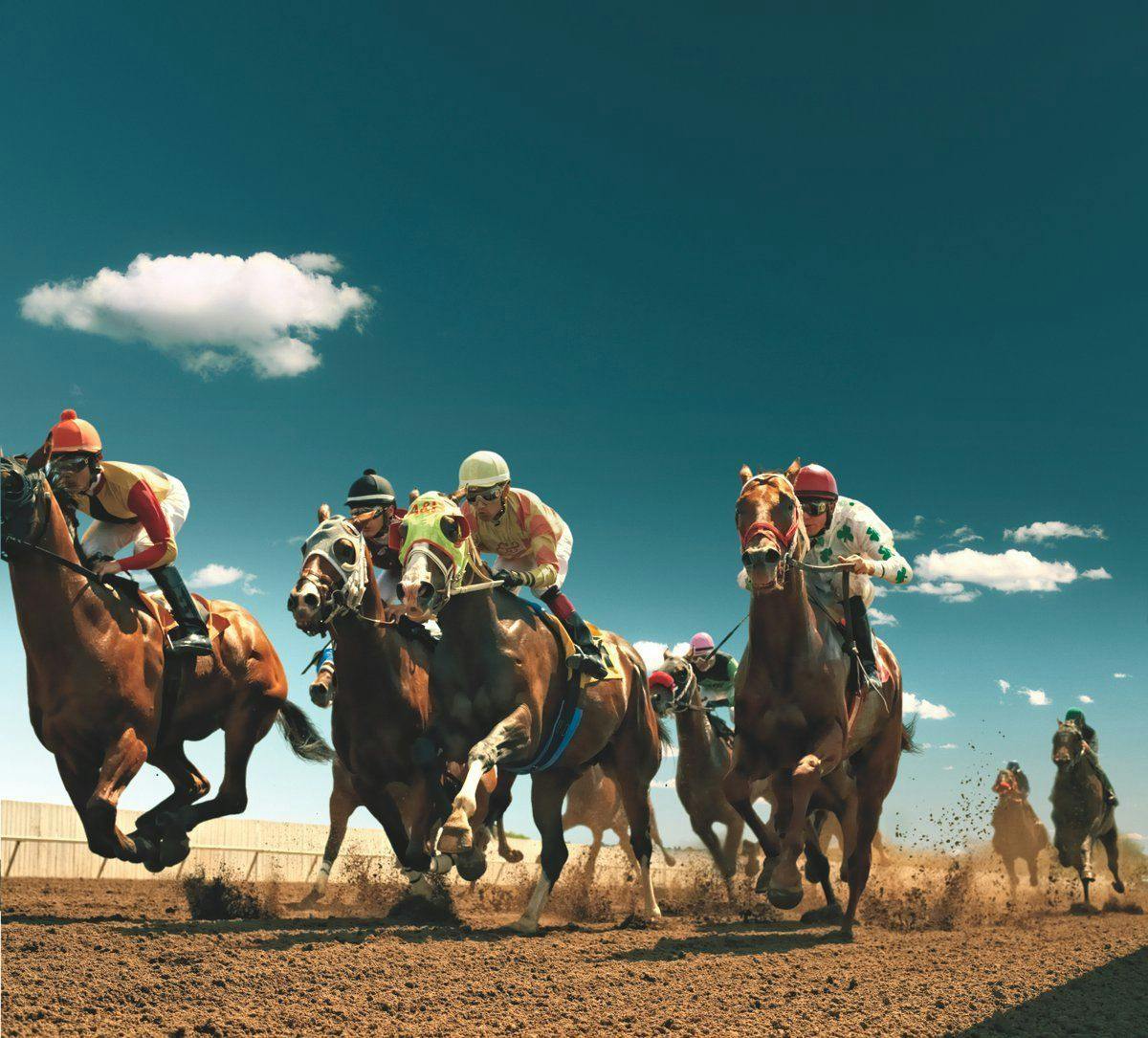What is the History of Simulcasting?

(Photo by Coady Photography/Canterbury Park)
The History of Simulcasting
The phenomenon of simulcasting has become synonymous with horse racing in recent years.
Not everyone can frequent nearby race tracks to place race bets, which is why the advent of simulcast wagering has allowed bettors living across the globe to wager on races running all over the world.
Coined in the 1940’s, the term “simulcast” is a combination of the words “simultaneous” and “broadcast.” The word was originally intended for use when a program was transmitted on both television and radio in tandem. As television quickly grew in popularity, simulcasting referred to broadcasting an event on multiple channels at the same time.
The history of simulcasting in the United States is closely tied to a rise in popularity of off-track betting (OTB). This refers to any gambling on horse racing not made at the track itself.
Only the state of Nevada permitted off-track betting legally prior to the 1970’s, despite many states running underground versions of OTBs across the country. A strong push for legalized off-track betting, coupled with the use of simulcast, was made to increase revenues for Thoroughbred racing. In 1978, off-track betting was formalized legally with certain stipulations. Revenues generated in-house were to be shared amongst the horsemen, track owners and the state.
Not surprisingly, the introduction of simulcast and off-track betting allowed overall revenues within the sport to grow exponentially despite slipping attendance at the tracks themselves. Through the 1980s and 1990s, simulcast wagering and OTBs began to surge across the world. Countries such as Japan, Canada and Great Britain expanded their offerings with parlors and independent shops.
Simulcast wagering and OTBs eventually led to a mammoth spike in wagering. The spike was due to the expanded offerings a licensed track could provide to its patrons. No longer limited by the on-track wagers, betting action generated by races were able to be accounted for as all revenue had to be reported to the government. The term “all-sources” was introduced to accommodate the amount of action generated from simulcast wagering and off-track betting.
The 1984 Kentucky Derby marked the first time that a Triple Crown race was simulcast. 24 tracks broadcasted the race across the nation. The race drew just under $19 million from all-sources. By 2012, the Kentucky Derby was drawing over $133 million from all-sources and hit a record mark of $250.9 million in 2019 as Country House won the 145th renewal of the race.
ADVERTISEMENT



